Don Binnicker, CASA of Tarrant County CEO
I’ve been in the child welfare field for over 20 years. I’ve seen tragic outcomes and families stretched to their breaking points. Never before have I been so concerned about the severity and frequency of child abuse removals, particularly due to physical abuse. The current health pandemic has unfortunately thrust almost all individuals and families into a whirlwind of emotion, stress, uncertainty and, in some cases, despair. This is creating an escalating crisis of child abuse and neglect.
As we have seen in the local media, three children in our community have lost their lives in the last few weeks as a result of suspected physical abuse and neglect, including a case at Cook Children’s Hospital on Easter Sunday. During the earliest days of the stay-at-home order, the hospital also saw a significant surge in other cases of suspected child abuse, including a half dozen ER visits in the space of only one week.
Children and caregivers are being simultaneously tested by the responsibility to be both parent, caregiver, educator, provider, nurturer and support to those in their charge. For families with multiple children and age levels, this has been exponentially difficult to maneuver, often resulting in conflicting demands for attention and immediate response to daily activities and obstacles. For those working caregivers, being unable to provide the normal financial support has further strained relationships and emotional response to the burdens of this crisis.
Children who are not in school or daycare settings have lost the watchful eye of teachers and child care providers—the safety net of responsive, attention providing and protective caregivers to tend to their needs. The ultimate concern for the safety of children has been impacted by the lack of visual contacts, face-to-face interactions and multiple sources of support and nurturance they had previously been accustomed to. When parents or caregivers are stressed to the max, isolated from their own sources of strength, emotional and financial support, the dangers to children are intensified.
What can we do for these children to keep them safe? Where does our responsibility begin and what can be done to prevent more child fatalities?
Our responsibility begins at home, with our own families. We need to recognize our own strengths and limitations. If we are stressed, emotionally drained or exhausted, how do we protect ourselves in order to protect the most vulnerable in our homes? We need to utilize resources available to us, including counseling resources, financial resources, medical and any other resources available to us.
For our family members, we can reach out and connect, by phone, Facetime, Skype and many other means to interact with the parents, children and others who may have contact with them. Abuse frequently happens in isolation, and children who have regular contact with grandparents, aunts, uncles and other extended family members are less vulnerable than those who don’t. Connect and find out how everyone is doing, speak to them, see them. Don’t be afraid to ask questions or ask to talk to a child in person if you’re noticing anything alarming or out of the ordinary.
For children in foster care, social isolation is another upheaval in their lives. When children have already been removed from their homes, due to allegations of abuse and neglect by their own parents or caregivers, this forces the children to be moved to homes where they have no connections and have lost all normalcy, and places them in a position of daily uncertainty for their future. No one knows the trauma they have endured and will endure until they are safe.
For those in our community, be alert, pay attention and observe both physical and emotional signs that might indicate concerns of domestic violence, abuse or neglect. Pay attention to physical indicators, such as unusual bruising, multiple injuries on several planes of the body, facial, mouth or eye injuries, scars or bleeding. Don’t feel the need to investigate yourself. Call the police and/or the child abuse hotline, at 1-800-252-5400, and let them investigate. If you don’t know their names, obtain addresses, car license numbers, locations, etc. Watch for interactions between children and caregivers that might indicate fear, violence or aggression. You, as the reporter, are protected by law and your name can be kept confidential.
Don’t be afraid to call. You might be the person that saves a child’s life or prevents further injury.
Get involved. If you want to be a part of advocating for children in the foster care system, explore the role of CASA (Court Appointed Special Advocates). Be the person that can have an impact on children in care, by being the eyes and ears of the court. Sign up for an information session to learn more. Don’t be afraid to Speak Up, Speak Out and Speak For our children.
Don Binnicker, CEO
CASA of Tarrant County



